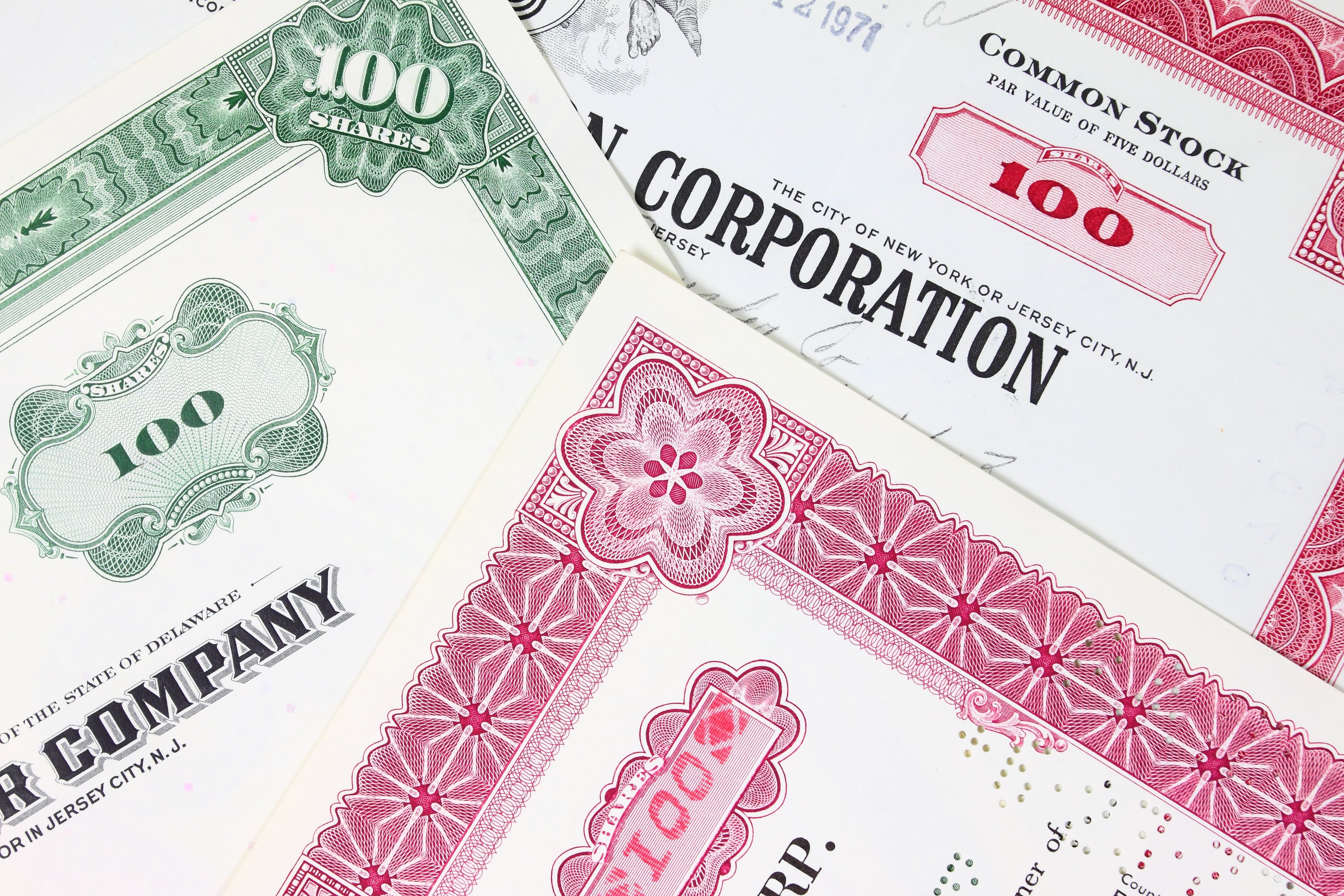Except for bankrupt companies that really are worthless, every company has some value. In the case of Eli Lilly (NYSE: LLY), it's been tricky to figure out exactly what that value is. Every time it seems like things can't get any worse, they do.
|
Value Metric |
1 Year |
5 Years |
10 Years |
|---|---|---|---|
|
Eli Lilly share price change |
(3.7%) |
(39.8%) |
(59.9%) |
|
Eli Lilly return including dividend |
1.8% |
(26.5%) |
(46.1%) |
|
S&P500 return including dividends |
19.7% |
(1.6%) |
(13.1%) |
Source: Capital IQ, a division of Standard & Poor's.
At least there's the dividend
Weighing in at nearly 6% of the current share price, Eli Lilly's dividend is awfully tempting, especially when you consider what you can get in a CD these days.
But there's a reason it's considerably higher than its peers like Johnson & Johnson (NYSE: JNJ) and Merck (NYSE: MRK). Johnson & Johnson is protected by product diversity, and Merck's patent cliff isn't quite as tall as Lilly's.
Furthermore, unlike the interest paid by the bank, Lilly's dividend isn't guaranteed. For now, the dividend looks safe; the company used just 48% of its nearly $4.5 billion in free cash flow to fund the dividend over the last four quarters.
But it's difficult to see how Eli Lilly will be able to keep it up over the next few years.
|
Drug |
2009 Sales (in billions) |
Patent Expires |
|---|---|---|
|
Zyprexa |
$4.9 |
2011 |
|
Gemzar |
$1.4 |
2013* |
|
Humalog |
$2.0 |
2013 |
|
Cymbalta |
$3.1 |
2013 |
Source: Company 10-K.
*May be Nov. 2010 if current court decisions hold.
That's an awful lot of the company's $21.8 billion in revenue that will be lost over the next few years, as generic competition sets in. Eli Lilly turns each dollar of revenue into about $0.20 of free cash flow. Assuming the same for the top drugs, the loss of those five drugs will take a $2.3 billion chunk or so out of free cash flow -- essentially, all of the remaining free cash flow that's currently not used to pay the dividend. Lilly will mitigate that somewhat by cutting costs, but the dividend doesn't look completely safe.
Counting on a pipeline
As of its April update, Lilly had 68 compounds in different stages of clinical development. The sheer number is impressive, but more than half of those potential drugs occupy the company's phase 1 program. Considering the attrition rate, and the sheer length of time it takes to get drugs through the clinic and approved, the phase 1 candidates won't help in time for the upcoming 2013 patent cliff.
At the other end of the spectrum, there are eight phase 3 drugs to carry the weight. A pair of Alzheimer's drugs, semagacestat and solanezumab, could easily become blockbusters if approved, but Alzheimer's is a tough disease to fight. Just look at Medivation (Nasdaq: MDVN) and Pfizer's (NYSE: PFE) Dimebon for proof.
And even if the company is able to get drugs approved, there's no guarantee of commercial success, especially for diseases where there's a well-established player. Effient, which was approved last year, was supposed to be a winner for Lilly, but the drug managed sales of just $8.8 million in the first quarter, as Bristol-Myers Squibb (NYSE: BMY) and sanofi-aventis' (NYSE: SNY) Plavix kept a tight grip on the blood-thinner market.
Is it a buy?
This is usually where I'd say, "It depends on what type of investor you are." But I'm not sure Eli Lilly is really appropriate for any class of investor right now.
Dividend investors should be worried about the potential for an upcoming cut, and Eli Lilly is awfully large for high-growth investors, focused on new drug approvals. Value investors may be able to find a spot where the potential reward is worth the risk, but so far, it's been really hard to locate.
I'd recommend all investors be cautious and wait for a turnaround with the pipeline before investing. You'll miss the initial burst, but avoid the risk that it never comes.








